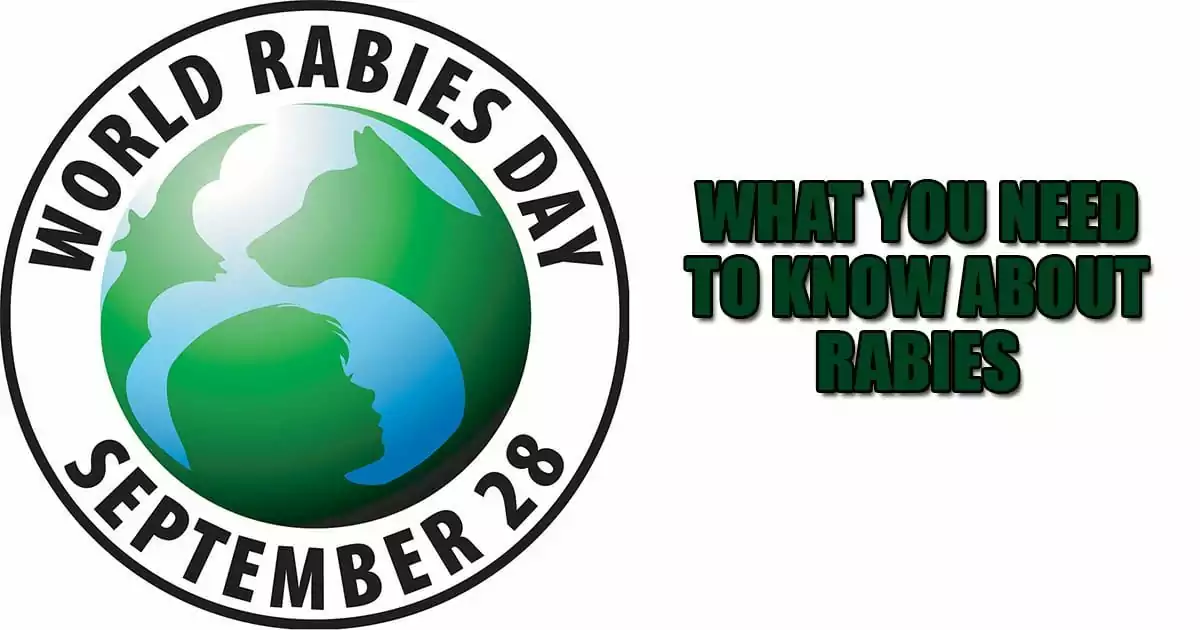What is Classical Swine Fever? (CSF)
This is an easily transmitted disease that has a high fatality rate amongst hogs or pigs. CSFV causes infected swine to develop a fever, excessive bleeding, lethargy, diarrhea that is yellow in color, retching, and purplish-colored skin discoloration of areas such as the ears, legs, and lower stomach.
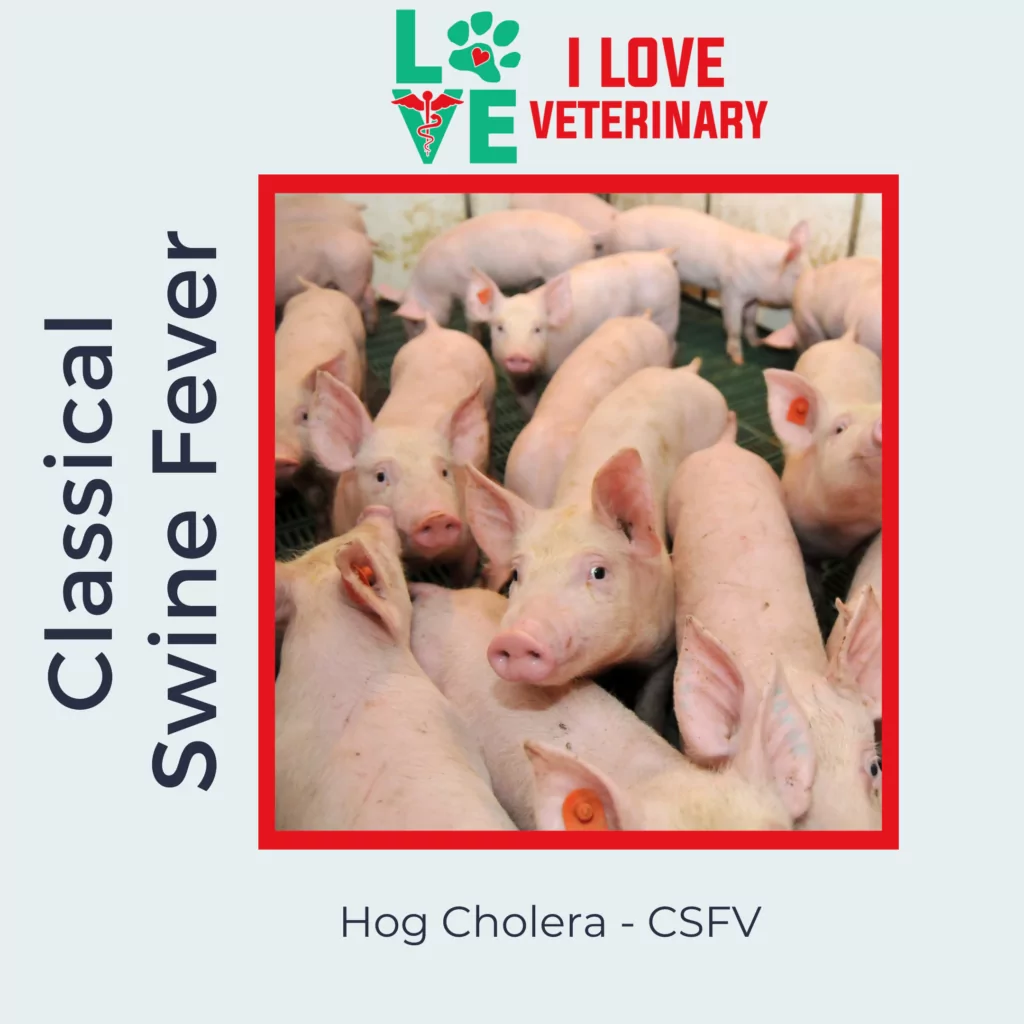
Transmission and Spread
In most cases, the CSF virus is transmitted through an oral path, by ingesting contaminated food (uncooked or undercooked meat). It can also be transmitted by direct contact with infected swine, or infected objects, surroundings (fomites). In gravid sows, the virus can infect the piglets through the placenta. It can also be spread through semen during copulation. rarely, it happens that the virus is spread by aerosol in close confinement or by vectors.
The CSF virus can withstand the elements in both pork and processed pork products for months on end, even when the meat is refrigerated, and shockingly for years when it is frozen. Swine can become infected by eating CSF-infected pork meat or by-products.
Studies have shown that in some parts of the European continent, the local wild boar fauna may play an integral role in the genealogy of the disease.
The disease has been widespread due to the legal and illegal transportation of animals, and by feeding swill containing infected tissues to pigs.

Diagnosing CSF
The diagnosis of the classical swine fever virus is based on factors such as clinical signs, serology, virus isolation, and PCR.
Classical swine fever is primarily detected by veterinarians who specialize in the field. This is due to the clinical signs manifested by CSFV-infected pigs are also common with other diseases of swine. Therefore laboratory confirmation is always required.
From a clinical perspective, the different diagnosis’ depends based on the course of CSF. ASF or African Swine Fever is the headlining differential because it has a similar clinical manifestation.
Clinical Signs of Classical Swine Fever
The virus can be found in the blood, mucus, urine, feces, and nasal discharges of a once healthy pig. It is mainly replicated in the tonsil region, followed by the endothelial cells, lymphatic organs, and then the bone marrow.
The severity of the disease can vary. It can occur acutely, usually followed by a fatality within a span of two to 25 days. It occurs as a result of swine not being vaccinated. Pigs or hogs are then infected with a highly virulent of one or more strains of the virus.
Symptoms like: fever, depression, anorexia, diarrhea/constipation, conjunctivitis, and neural symptoms such as (paresis, paralysis);, as well as Hyperemia and purpura on the abdomen and ears, are prevalent in this pig fever.
In subacute and chronic cases, the pigs are infected by mildly virulent strains of the virus. In this case, the disease can last for a few weeks or even months. It can affect only some of the animals, showing clinical symptoms. The others may not show any symptoms; however, they will spread the disease nonetheless. In piglets, the virus causes slower growth.
In gravid sows, there can be abortions, early embryonic death, stillborns, piglets born alive and then they grow slowly and die after a short few weeks.
Pathoanatomic signs
Hemorrhagic lesions, hemorrhagic lymph nodes, petechiae on the epiglottis and the kidneys, infarctions on the spleen, and “Buttons” on the colon.
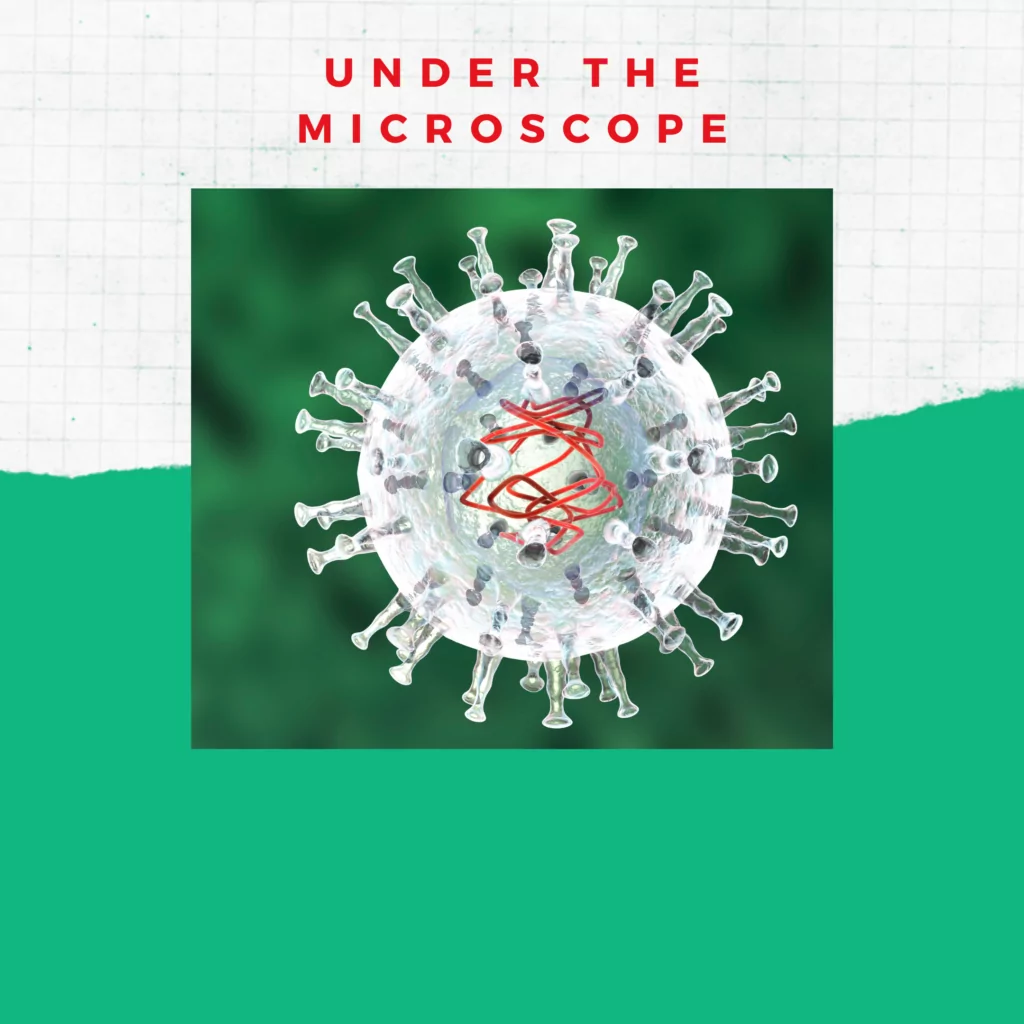
Testing material and Laboratory tests
Tonsils, spleen, lymph nodes, kidneys, distal part of the ileum
Immunofluorescence, immunoperoxidase, ELISA
Prevention & Control of Classical Swine Fever
- Minimize visitors on your farm and do not allow persons who have had contact with animals in the last five days, especially swine in other countries to have contact with your pigs.
- Newly arriving or returning pigs should be quarantined and isolated for at least 30 days before being reintroduced to the rest of the herd.
- Do not feed uncooked or undercooked garbage or meat products to pigs.
Treatment is not attempted and pigs that have been affected must be sent to the slaughterhouse and the carcasses buried or incinerated.
The first barrier of preventing an outbreak of the CSF is to apply strict and rigorous sanitary prophylaxis, as defined in the OIE Terrestrial Animal Health Code. Good communication between veterinary authorities, veterinary practitioners, and pig farmers, together with a reliable disease reporting system, and hygiene measures protecting domestic pigs from contact with wild boar are the most effective measures to prevent the disease from spreading and causing havoc amongst herds of swine in the area.
When an outbreak occurs, many actions must be set in place urgently:
- The butchering of all swine on affected farms, commercial or otherwise.
- Safe discarding of carcasses, bedding, etc.
- A comprehensive disinfection plan of pens, houses, and other items that the pigs get into contact with.
- Designation of infected zone, with controlled herd movements.
- A detailed epidemiological investigation, with tracing where possible (up-stream).
- Surveillance of infected zone, and surrounding areas.
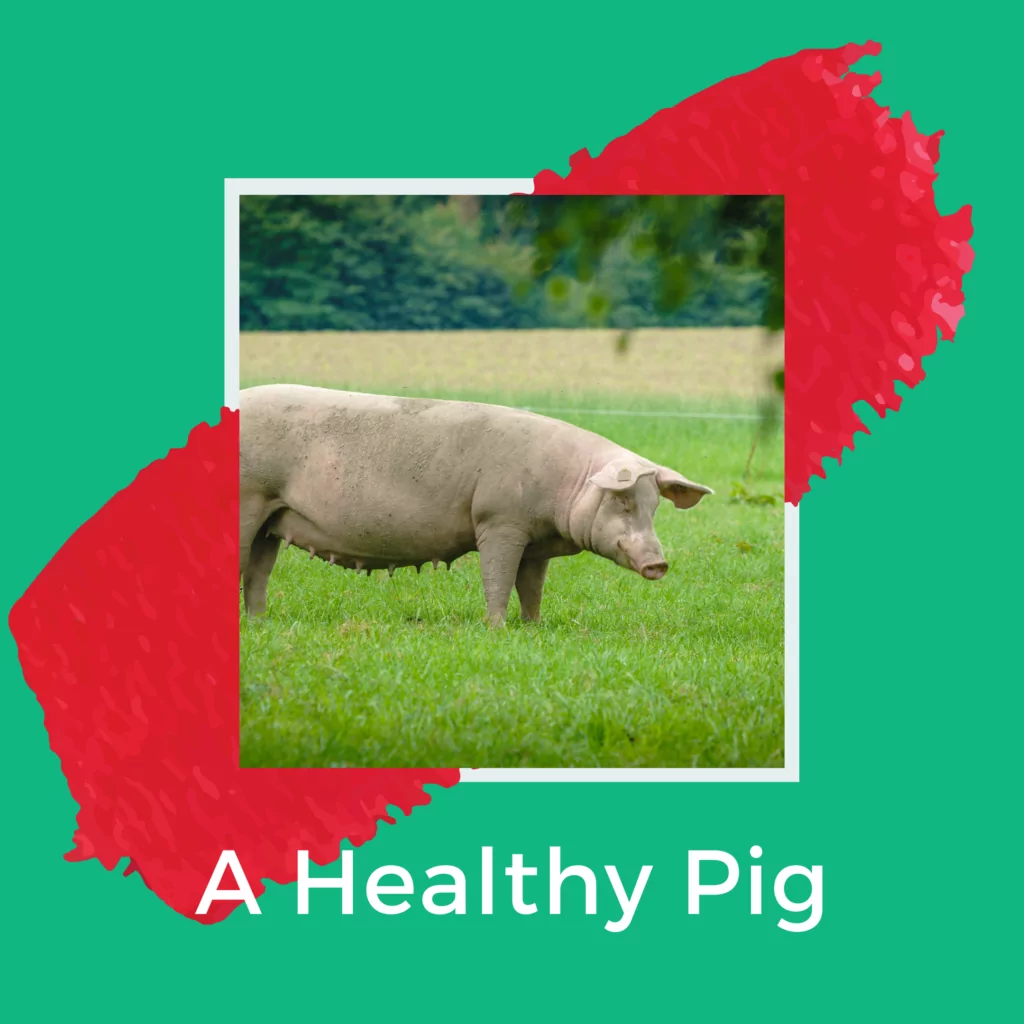
How is CSF geographically distributed?
Classical Swine Fever is typically prevalent in continents such as South and Central America, Asia, Europe, and certain parts of Africa. The good news is that countries such as North America, Australia, and New Zealand are currently free of the disease.
The 1990s saw a large CSF outbreak occur in The Netherlands (1997), Germany (1993-2000), Belgium (1990, 1993, 1994), and Italy (1995, 1996, 1997).
What should I do as a Producer?
Any suspected cases are to be reported with immediate effect!
Key Takeaways
In areas where the disease is prone to becoming endemic, vaccination can prevent the spread thereof. Vaccines used should be produced in accordance with the OIE regulated standards. As the disease is brought under control, vaccination ceases, with continued surveillance. The OIE defines the necessary requirements for a country or an area to be considered free of the disease.
In disease-free areas, a stamping out policy is applied. This policy has led to the erradication of Classical Swine Fever from North America, and much of Western Europe.
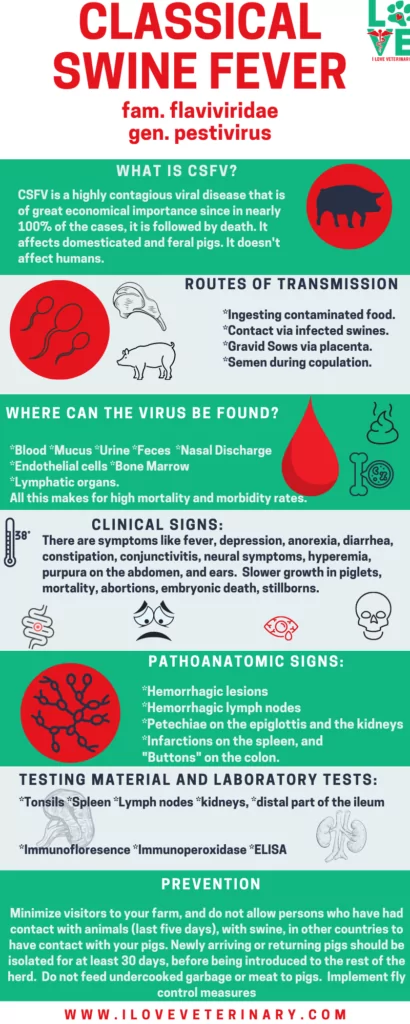
If by chance your favorite animal is a pig, or especially if you have a pet pig, check the video article about Pig Tusk & Hoove Trim by Dr. Evan Antin.


